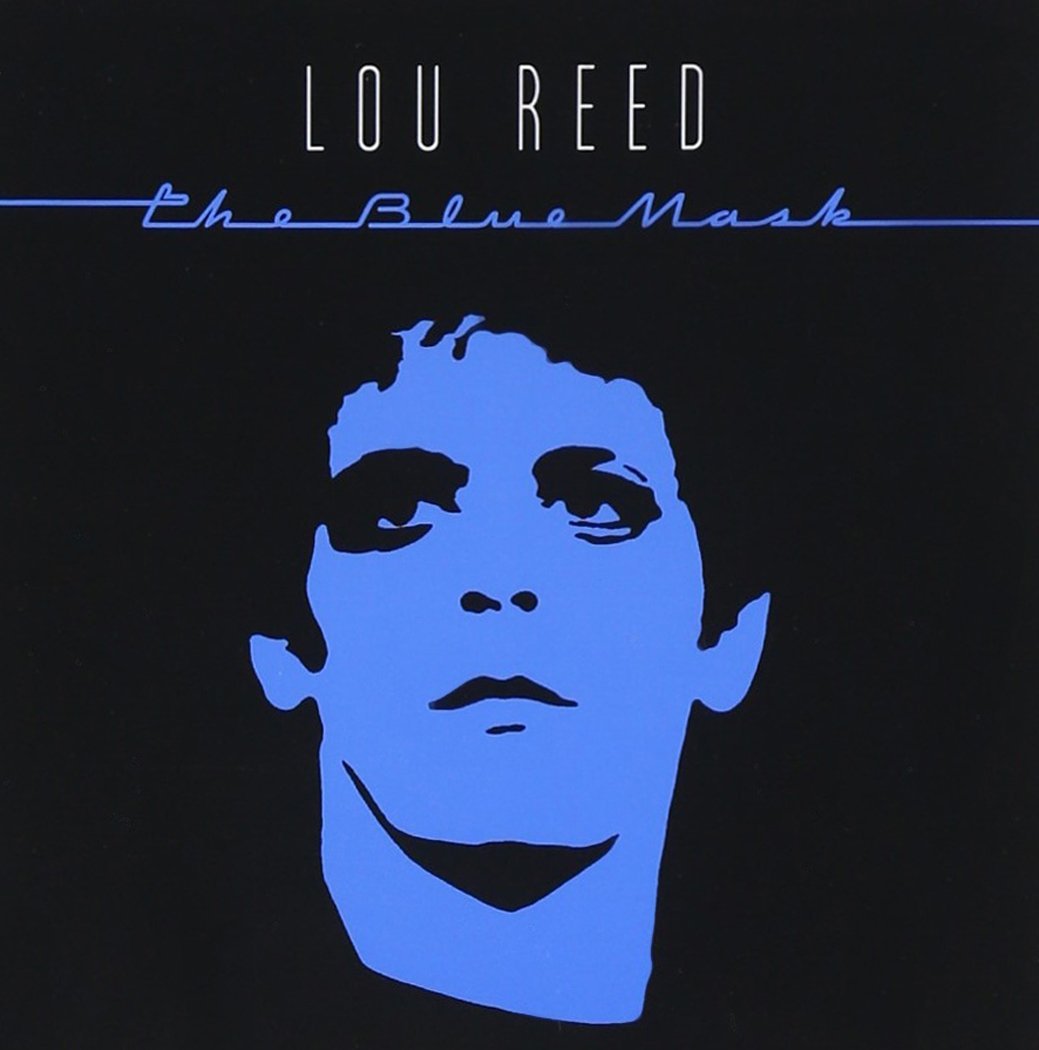Walk on the Wild Side: An Introduction to Lou Reed
Exploring Lou Reed can be a daunting task. It’s a given to start with the Velvet Underground. If you haven’t internalized those albums, STOP reading and immerse yourself in the entire VU discography. Ponder the position of Lou Reed. Ask yourself, how does one follow such a flawless run of rock and roll brilliance?
What follows is a simple introduction to Lou Reed’s solo material in ten songs. By no means exhaustive, this list offers a simplified introduction to a complex catalogue.
BERLIN
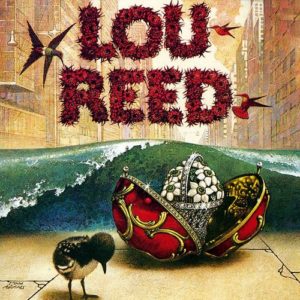
Lou Reed’s first solo album largely consisted of Velvet Underground songs that never made it to a VU record. Of the two brand new songs, “Berlin” would become a signature track of Reed’s solo career.
Poetic and poignant, “Berlin” capitalizes on Reed’s gift of painting vivid scenes with words.
In Berlin, by the wall
You were five foot ten inches tall
It was very nice
Candlelight and Dubonnet on ice
We were in a small café
You could hear the guitars play
It was very nice
It was paradise
Driven by a piano with a refrain of “You’re right and I’m wrong,” the song captures the intricacy of human relationships. At once beautiful and melancholic, Reed was off to a promising start as he stepped out from the shadow of his former band.
A year later, Reed re-recorded “Berlin.” The newer version was shorter. The harmony guitars that accentuated the original were absent as the piano took on a more prominent role. Serving as the genesis of a gritty concept record, Lou Reed continued to grow as an artist.
WALK ON THE WILD SIDE
Between the two recordings of “Berlin” something amazing happened. Lou Reed became an established solo artist! The David Bowie produced Transformer was a hit, largely on the strength of the single “Walk on the Wild Side.”
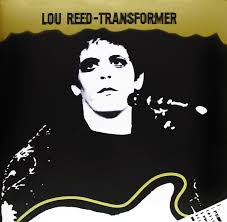

It’s nothing short of amazing that “Walk on the Wild Side” became a hit. Cross-dressing, prostitution and illicit drug-use were hardly typical radio fare. Lines like “”But she never lost her head/Even when she was giving head” somehow eluded censors. Racy subject matter flew under the radar as Reed’s tale of the New York underground was broadcasted into conservative households.
Reed’s depiction of the wild side was no generalization. The characters were real people that he had known from Warhol’s factory. Each found fleeting fame as part of Warhol films but Reed effectively immortalized his old friends in what became his most enduring song.
CAROLINE SAYS I
Reed’s third album is a rock opera that tells the tragedy of Caroline and Jim. Their lives fall apart as rampant drug abuse gives way to violence, depression, and ultimately…suicide.
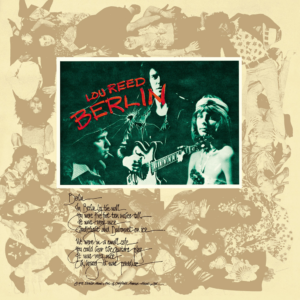
“Caroline Says I” recounts the unraveling relationship from Jim’s perspective. He paints Caroline as an abusive, “vile” woman. The days of sipping Dubonnet are now a distant memory. Dysfunction has torn the couple apart. Love is still an integral component of their relationship as the song ends with the refrain of Caroline remaining his “Queen.”
CAROLINE SAYS II
“Caroline Says II” presents Caroline as victim. Bruised and beaten, we witness a painful portrait of domestic violence. Hardly her lowest ebb, Caroline continues to sink into depression throughout the remaining songs. The state soon comes for her children and she ultimately takes her life.
https://www.youtube.com/watch?v=7TOlgGUcWaE
Commercially, Berlin was a failure. Poor sales were one thing, but the press was particularly scathing in their reviews. The subject matter was too gritty…too depressing…too REAL. Yet, the songs were precisely what made Lou Reed the artist he was. Art should reflect all aspects of life and Reed was able to present the warts of society in a distinctly humanizing way. We do not judge Caroline, but rather feel empathy magnified by despair.
SWEET JANE
Lou Reed was never one to turn his back on the past. Many of the songs that comprised his solo records had their origins in unreleased Velvet Underground material. After Berlin, Reed released the live record, Rock ‘n’ Roll Animal. All but one track consisted of classic Velvet Underground songs.
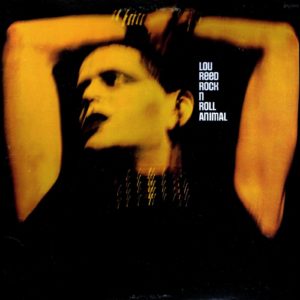
Rather than recreate studio versions, Reed put a new spin on his old material. Central to this transformation were guitarists Dick Wagner and Steve Hunter. Credited as “Intro/Sweet Jane,” the tandem’s contribution is obvious. Guitars swirl, intersect and harmonize for several minutes before falling into the chord progression of “Sweet Jane.”
SALLY CAN’T DANCE
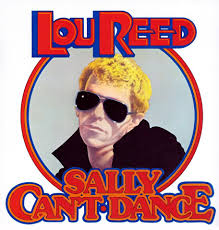
Berlin’s follow-up, Sally Can’t Dance, was a traditional record that explored a variety of topics. However, Reed was at his best when creating doomed characters. The title track introduces another tragic figure into the Lou Reed universe.
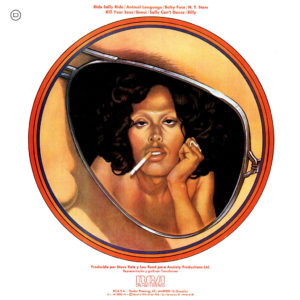
We first meet Sally in the lead-off track “Ride Sally Ride.” That brief introduction presents a confused woman who discovers that her “heart is made out of ice.” We truly get to know Sally in the title track. Wild and uninhibited, she “became a model” and “knew all the really right people.” Yet, there is a price to pay for her adventures. In a dizzying fluctuation of ups and downs “she took to much meth and can’t get off the floor” and is found “in the trunk of a Ford.”
https://www.youtube.com/watch?v=20_4NnRtlJU
CONEY ISLAND BABY
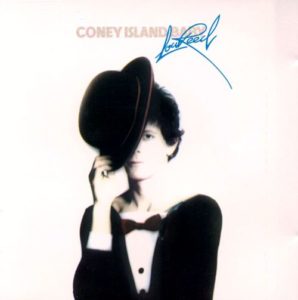
Coney Island Baby was a far cry from the album that preceded it. Metal Machine Music was largely seen as a middle finger to Reed’s record company. Over the course of four album sides, an hour of guitar effects and feedback took the place of traditional songs.
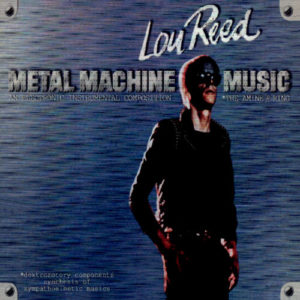
Coney Island Baby featured a band of top-notch session musicians. Reed was clearly smitten by his current girlfriend and wrote a series of accessible songs that garnered positive reviews from the press. The title track sings of the “glory of love” as it closes out the record. The final four lines address his relationship directly before the needle heads into dead wax.
I’d like to send this one out for Lou and Rachel
And the Lord appeared and he has one made of two
Coney Island baby
Man, I swear, I’d give the whole thing up for you
STREET HASSLE

Opening with a somber cello, “Street Hassle” is a three-part rock opera. The first section, “Waltzing Matilda,” details a lustful encounter between two strangers. Matilda drops a wad of cash on a young man of her choosing, insinuating that this man may be a hustler. The encounter is passionate yet fleeting. She is made to leave in the morning, yet “neither one regretted a thing.”
https://www.youtube.com/watch?v=a2532gJcCsA
Female voices mournfully announce a death as they segue into the next section. Titled “Street Hassle,” a woman has overdosed in an unnamed establishment. Reed assumes the role of host and proprietor. Taking charge, Reed’s character is calm and collected, yet emotionally detached.
Hey, that cunt’s not breathing
I think she’s had too much of something or other
Hey, man you know what I mean
I don’t mean to scare you
But you’re the one who came here
And you’re one who’s gotta take her when you leave
It’s all very harsh, but as Reed explains, “people get all emotional/ and sometimes they don’t act rationally.” After all, “it could be a hassle/Trying to explain myself to a police officer/About how it was your old lady got herself stiffed.” There are flashes of empathy and wisdom, and Reed offers a solution to the distraught lover.
And I know this ain’t no way to treat a guest
But why don’t you grab your old lady by the feet
And just lay her out in the darkest street
And by morning, she’s just another hit and run
The final section, titled “Slipaway,” features a guest appearance by an unaccredited Bruce Springsteen. Bruce alludes to the work of both artists. “Sad Song” brings to mind the classic Berlin track and Springsteen’s final line references “Born To Run.”

By the second verse of “Slipaway,” Reed assumes the vocals. The mood remains bleak as the final verses begin with the phrase “Love has gone away.” Concluding with a pleading vocal, “Please don’t slip away,” the 11-minute masterpiece ends in tragic loss.
WAVES OF FEAR
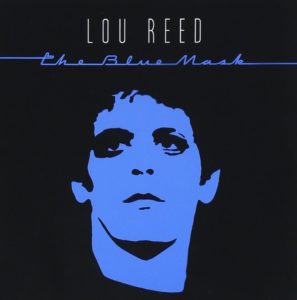
Lou Reed was an honest and transparent artist. He was never shy about his drug use and often portrayed the destructive elements of substance abuse in nauseating detail. “Waves of Fear” finds Reed presumably coming down and crippled with anxiety. Our hero is reduced to a paralyzing mix of fear and paranoia.
HEROIN
“Heroin” may be Reed’s signature song. Like “Sweet Jane,” before it, the live rendition is distinct from the Velvet Underground recording. Surpassing the 13-minute mark, this extended version allowed Reed to stretch out and entertain the crowd. As part of his theatrical act, Reed would pretend to shoot up on stage.
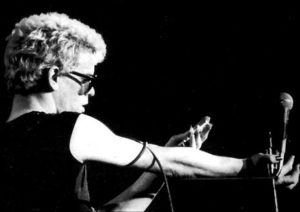
“Heroin” had always been troubling from the perspective that the song doesn’t condemn drug use. Many were quick to criticize Reed for glorifying a deadly vice. The truth is, people shoot heroin. Reed was one of them. His music was a reflection of his life and personal experiences. What Reed leaves behind is a discography that explores the underbelly of society. He is a musician, songwriter, poet, and rock ‘n’ roll legend.

